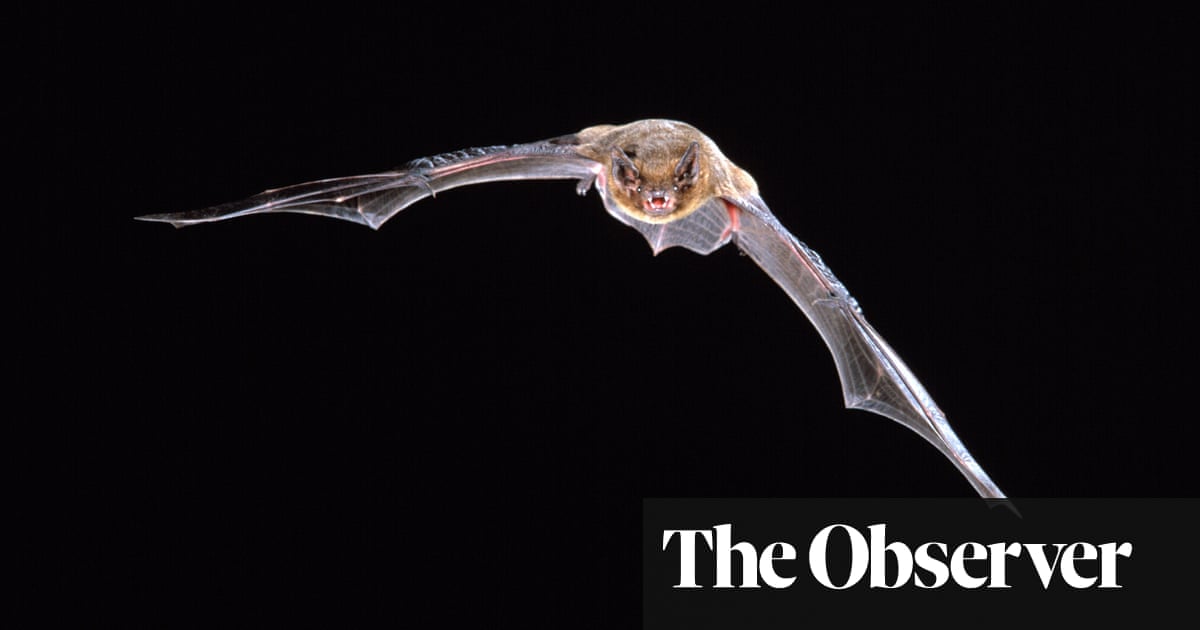It seemed like a good idea at the time: build metal bridges over busy roads and bats would confuse them with trees, it was argued. They would then try to soar over the pylons and, having been tricked into flying higher than normal, would avoid being struck by lorries and buses travelling on the road below. A widespread wildlife problem for the UK would be solved at a stroke.
It was a persuasive vision, and to realise it, a total of £2m was spent on building 15 bat bridges across Britain, from Cumbria to Cornwall. “However, there was one problem,” said Professor William Sutherland of the Conservation Science Group at Cambridge University. “The bridges didn’t work.”
Not entirely about the UK, but UK research, and mostly British case studies.
You must log in or # to comment.


